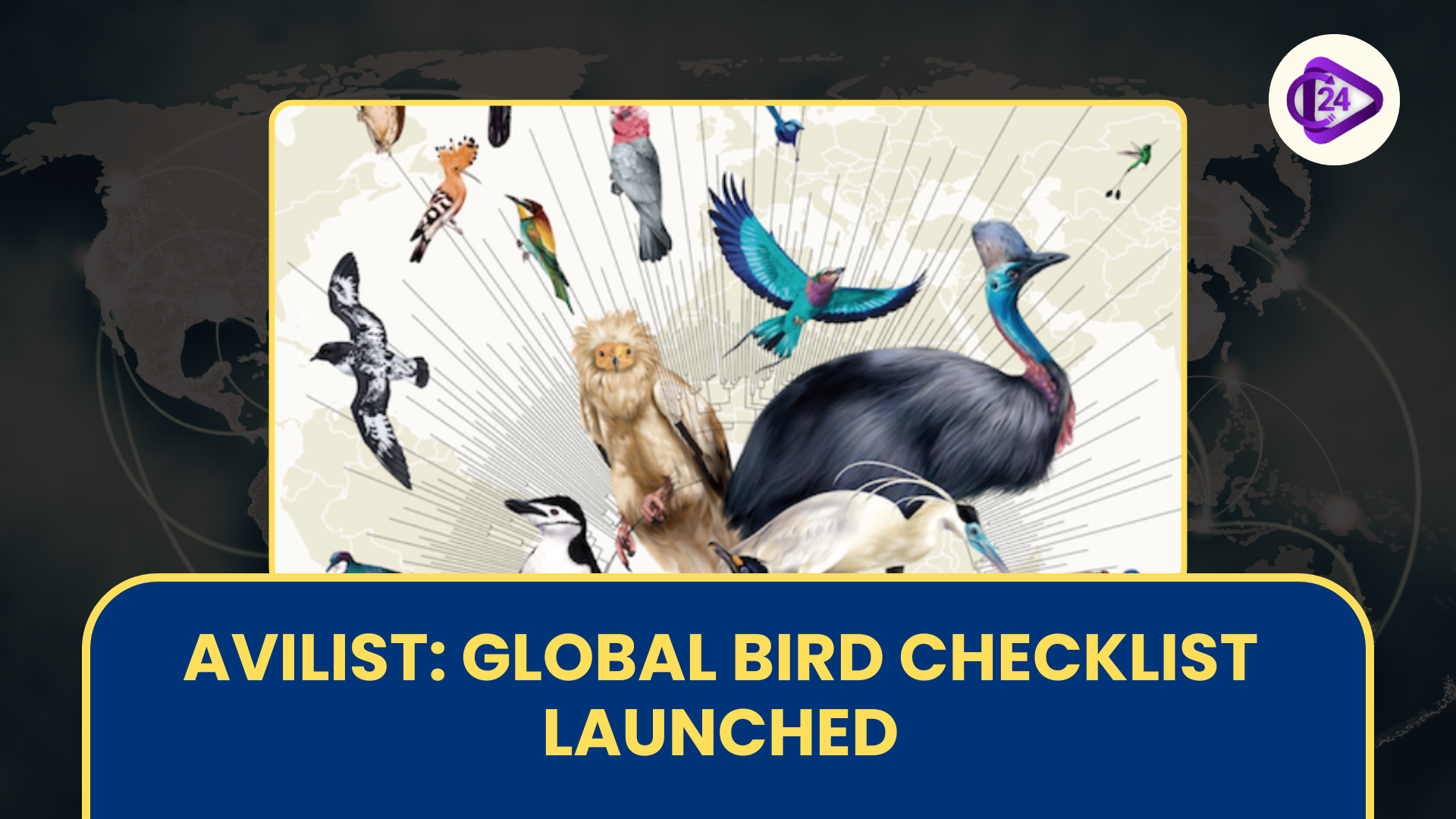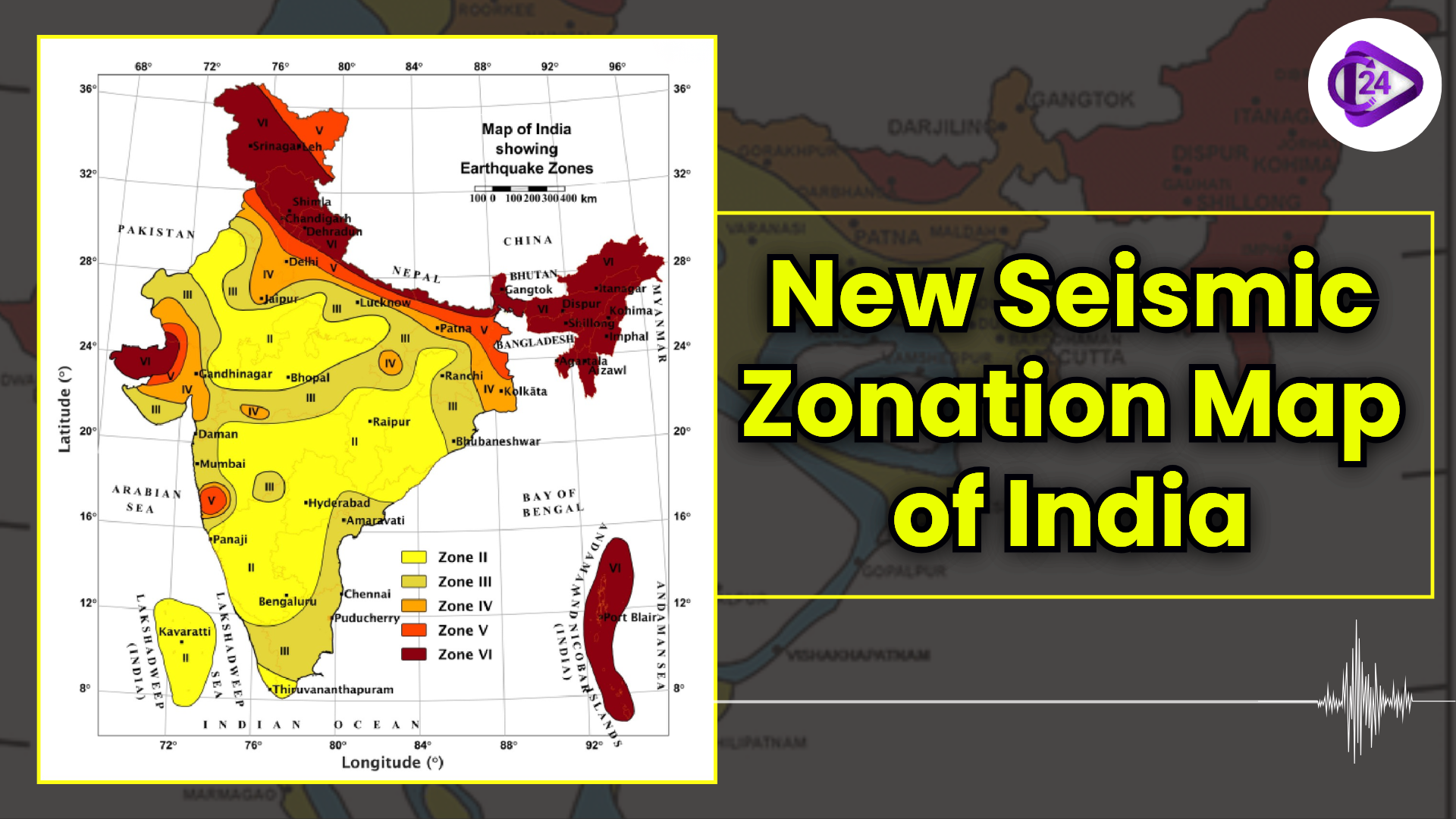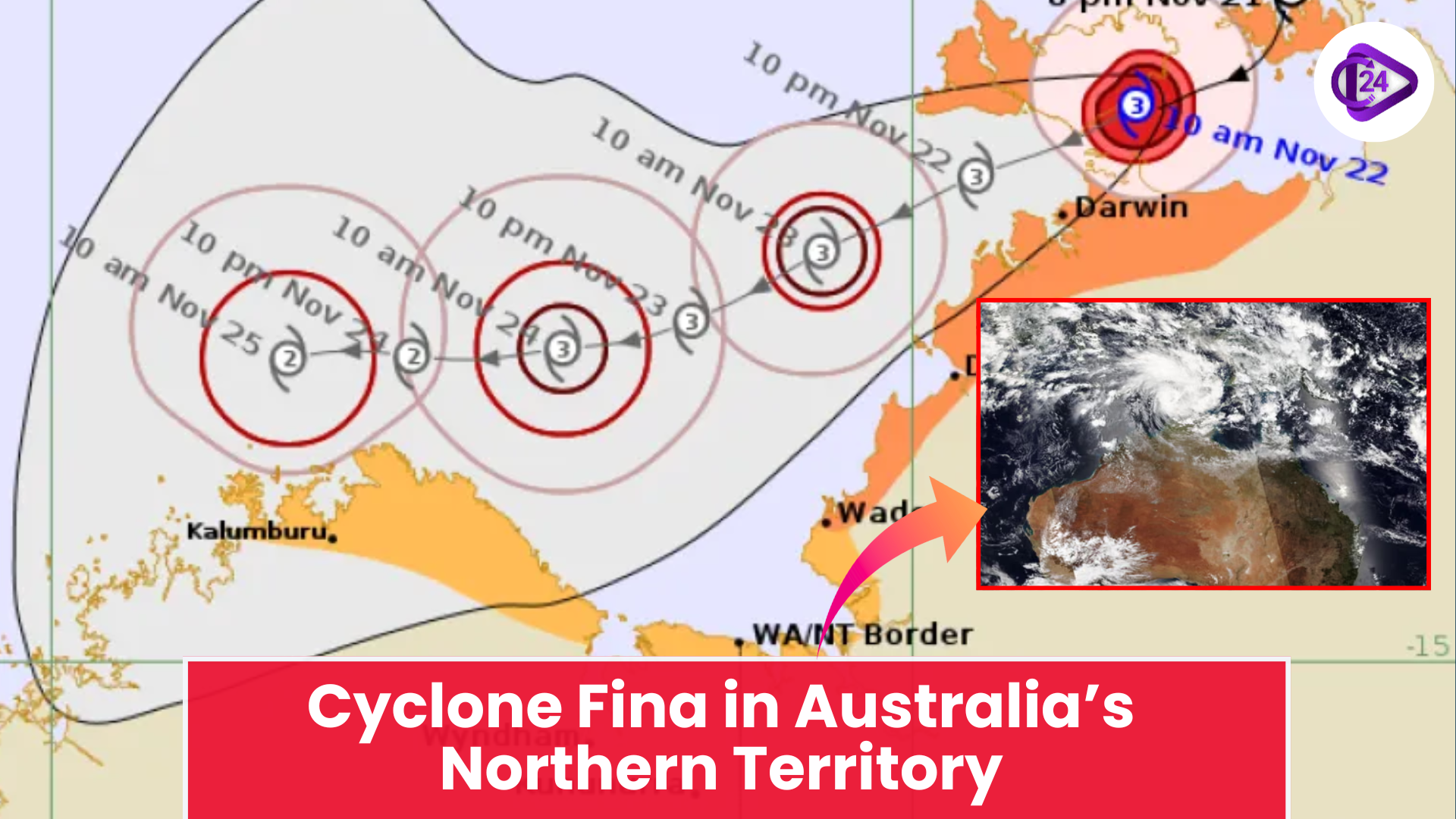
June 12, 2025 The inaugural unified world list of bird species, AviList, was published. Compiled over a four-year period of cooperation between several international ornithological societies, the list unites information on the species of birds worldwide and is supposed to facilitate the process of conservation and research. On June 12, 2025, a unified global checklist of bird species (AviList) was introduced as the first unified set ever. The list contains some 11,000 species and almost 20,000 subspecies providing an extensive database to enhance conservation policies and to shed some light on the taxonomy of birds.
Context:
-
AviList, the world's first unified list of bird species was launched on June 12, 2025.
-
It will be a historical course of international ornithology cooperation and code.
Key Points
Key Features
-
Comprises 11,131 species, 19879 subspecies, 2,376 genera, 252 family, and 46 orders.
-
Prepared by the Working Group on Avian Checklists, with the BirdLife International and the Cornell Lab of Ornithology.
-
Supersedes prior lists like the IOC and Clements checklists, offering a single, harmonized taxonomy.
Significance for Conservation and Research:
-
Removes the misunderstanding of the existence of various checklists.
-
Facilitates standard conservation planning and setting priorities of threatened species.
-
Offers reliable information to ecology research, field guides, policy structure and international biodiversity analyses.
-
It is updated annually in order to correspond with the new discoveries in taxonomy.
World Utility and Accessibility:
-
There at AviList.org to freely download in .xlsx and .csv formats.
-
It was created by scientists, bird watchers and policymakers and aims at improving the cooperation between the areas.
-
Advances data-sharing and shared scientific lingo in ornithology across the globe.
Conclusion
AviList is a landmark in the field of ornithology, in which a single source will allow the future streamlining of bird conservation as well as scientific studies and guidance to bird enthusiasts internationally. Its introduction will also remain to be associated with a significant effect in the way bird species are conserved and classified across the world.



 World Soil Day 2025: Celebrating “Healthy Soils for Healthy Cities”
World Soil Day 2025: Celebrating “Healthy Soils for Healthy Cities” New Seismic Zonation Map of India
New Seismic Zonation Map of India Cyclone Fina Hits Northern Australia With Destructive Force
Cyclone Fina Hits Northern Australia With Destructive Force Tiger Returns to Gujarat After 32 Years | Historic Wildlife Comeback 2025
Tiger Returns to Gujarat After 32 Years | Historic Wildlife Comeback 2025 Namdapha Butterfly Festival Showcases the Wild Heart of Arunachal Pradesh
Namdapha Butterfly Festival Showcases the Wild Heart of Arunachal Pradesh Gogabeel Lake Achieves Ramsar Status for Biodiversity and Conservation
Gogabeel Lake Achieves Ramsar Status for Biodiversity and Conservation Cyclone Montha Makes Landfall Near Kakinada, Bringing Destruction to Andhra and Odisha
Cyclone Montha Makes Landfall Near Kakinada, Bringing Destruction to Andhra and Odisha India Conducts First-Ever DNA-Based Elephant Census, Reveals Population Decline by 25%
India Conducts First-Ever DNA-Based Elephant Census, Reveals Population Decline by 25% Maharashtra Gets India’s First Cooperative CBG Plant | 12 Tonnes Biogas Daily Production
Maharashtra Gets India’s First Cooperative CBG Plant | 12 Tonnes Biogas Daily Production Pulicat Fishermen Demand Long-Term Solution as Silt Threatens Lake and Livelihoods
Pulicat Fishermen Demand Long-Term Solution as Silt Threatens Lake and Livelihoods






